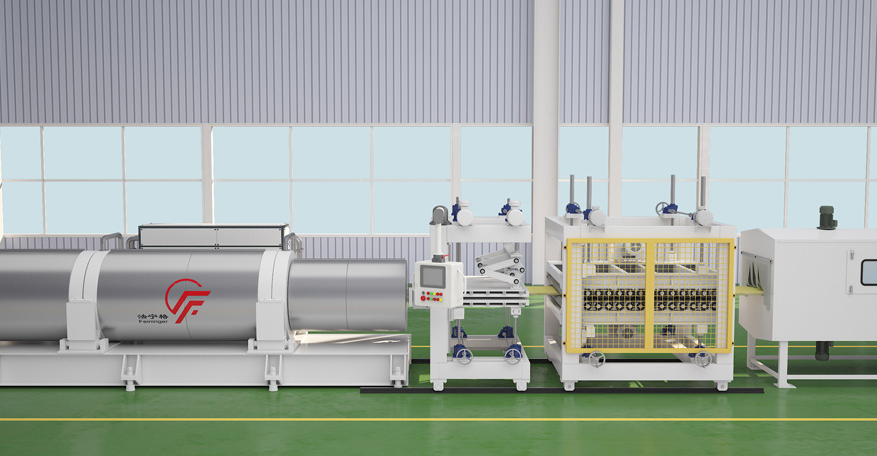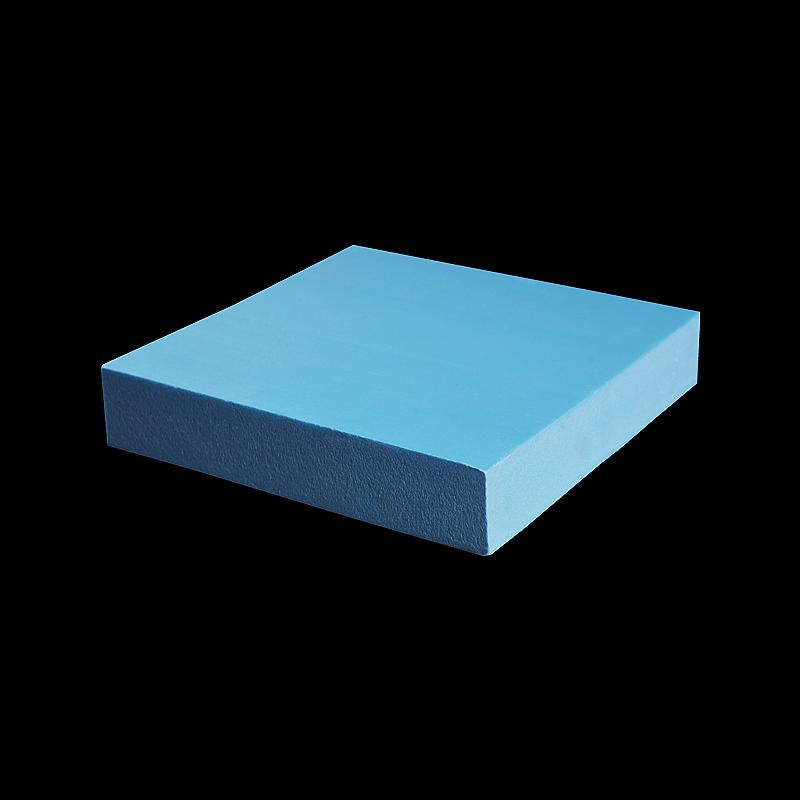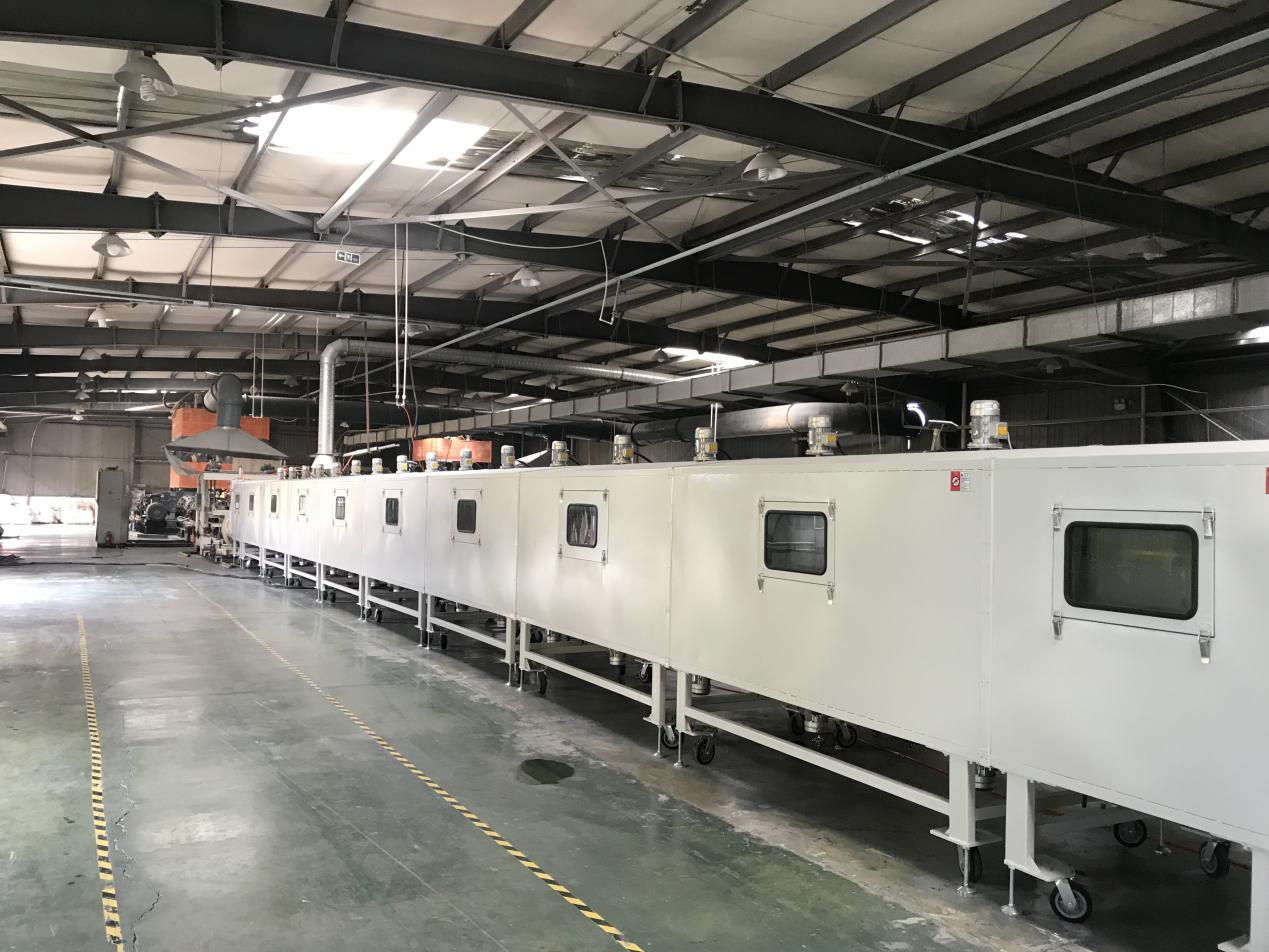
Are you looking for the right polystyrene foam board for your project, but you're not sure if you should choose expanded polystyrene or extruded polystyrene foam board? Well, this article is for you.
Polystyrene is one of the most common synthetic insulator materials used in insulating houses and creating artistic projects. It is classified into two types: Extruded polystyrene and Expanded polystyrene. The use of extruded (XPS) and expanded(EPS) polystyrene in construction projects offers excellent compatibility, flexibility, and thermal efficiency.
However, these materials also differ in several aspects. In this article, we will delve more into XPS and EPS polystyrene and discuss some of their differences to help you decide on the type of polystyrene ideal for your project.
What is Extruded Polystyrene?
Extruded polystyrene or XPS has a closed-cell structure produced through an extrusion process. The process entails melting together polystyrene resin with other additives to form a thick liquid. Then, the thick liquid is continuously extruded through a die and expands forming a solid foam during the cooling process.
XPS has a wide range of applications. It is a useful insulation material for both commercial and house applications including roofing insulation, housing insulation, and commercial building insulation. XPS has a closed-cell structure enabling the material to offer excellent thermal insulation and be highly durable.

What is Expanded Polystyrene?
EPS or Expanded polystyrene is one of the types of polystyrene insulators. It is a white, closed-cell, thermoplastic material produced by expanding polystyrene beads in a mold and then heating the beads to fuse them together.
Primarily it is used in food packaging applications and insulation in construction. EPS has impressive properties. It is extremely lightweight, has superior thermal properties, and is highly versatile.
EPS is widely used in many applications and can be manufactured in almost any size and shape. Also, because it is a closed-cell material, EPS does not readily absorb water. It has high levels of moisture resistance.
Differences between expanded and extruded polystyrene
Although both EPS and XPS are created from polystyrene resin and result in rigid closed cell form of insulation they both differ in several aspects.
Here are the main differences between Expanded polystyrene and extruded polystyrene:
1. Manufacturing process
One of the main differences between EPS and XPS is their manufacturing processes. The expanded polystyrene foam is manufactured using small polystyrene beads. The beads are fed on an extensive block mold which is subjected to steam making the small beads expand and fuse forming cells of EPS. As the polystyrene beads fuse, they leave small gaps in between them forming irregular shapes.
While on the other hand extruded polystyrene is manufactured through a process known as the extrusion process.The process involves combining solid polystyrene crystals, special additives, and blowing agents.

All the components are fed on the extruder that thoroughly blends and melts the materials forming a thick plastic liquid. Then the viscous liquid is extruded through a die, it cools and then expanded to form a foam. The extruded foam is then trimmed into the desired shape.
2. Density
Another key difference between these materials is their densities. An XPS insulator is much denser than EPS. On average XPS weighs 2.18lbs while XPS weighs 0.93 lbs.
3. Raw materials
EPS and XPS use different raw materials in their manufacturing processes. The raw materials used in the manufacture of expanded polystyrene are solid polystyrene beads. While the raw material for producing extruded polystyrene is polystyrene crystals.
4. The impact on the environment
The production of EPS has minimum harmful effects on the environment. It does not use Chlorofluorocarbons (CFC) nor uses any dye which are the main components that can compromise the environment. Also expanded polystyrene is fully recyclable. An EPS can be entirely constructed using recycled materials.
On the other hand, the production of extruded polystyrene causes considerable negative effects on the environment. During the manufacturing process of XPS, several additive elements and certain types of dyes are included. Also, the construction of extruded polystyrene insulation is not always recyclable.
5. The R-Value Retention
Across the long-term, EPS has higher R-Value retention in comparison with XPS. Usually, gas keeps on escaping in Extruded polystyrene. And since insulation R values reduce simultaneously as the gas escapes the R-value retention decreases gradually in XPS. Therefore, in this case, EPS has the capability of ensuring your building is climate controlled as you desire.
6. Moisture management
Moisture management is a crucial factor to consider when choosing an insulation material. Expanded polystyrene is more resistant to moisture compared to extruded polystyrene. EPS has relatively rigid insulation hence absorbing less moisture. Also,drying potential is an important factor in the management of moisture.In contrast, XPS lack such drying potential.
7. Bonding capability
Expanded polystyrene has a greater bonding capability than extruded polyester. EPS has a surface that enables thorough and timely bonding.
8. Compressive strength
The compressive strength of EPS and XPS varies too.The extruded polystyrene has a greater compressive strength compared to expanded polystyrene.
However, you can achieve the same compressive strength with expanded polystyrene as extruded polystyrene by increasing the density of the foam.
9. Cost of R-Value
EPS and XPS differ in terms of their pricing. Expanded polystyrene is more cost-efficient compared to extruded polystyrene.The price of EPS per R-Value is 10%-30% less than XPS.
Conclusion - Expanded vs Extruded Polystyrene for Foam Board
If you are wondering whether to choose expanded or extruded polystyrene for the foam board, we hope the above differences will help in making the right decision. XPS is much more expensive and denser than EPS. Also, extruded polystyrene has a greater compressive strength than expanded polystyrene.
In addition, expanded polystyrene foam board has higher R-level retention and is more resistant to moisture than extruded polystyrene panel. The type of polystyrene you choose for your baseboard will depend on your needs.

 Español
Español Pусский
Pусский

